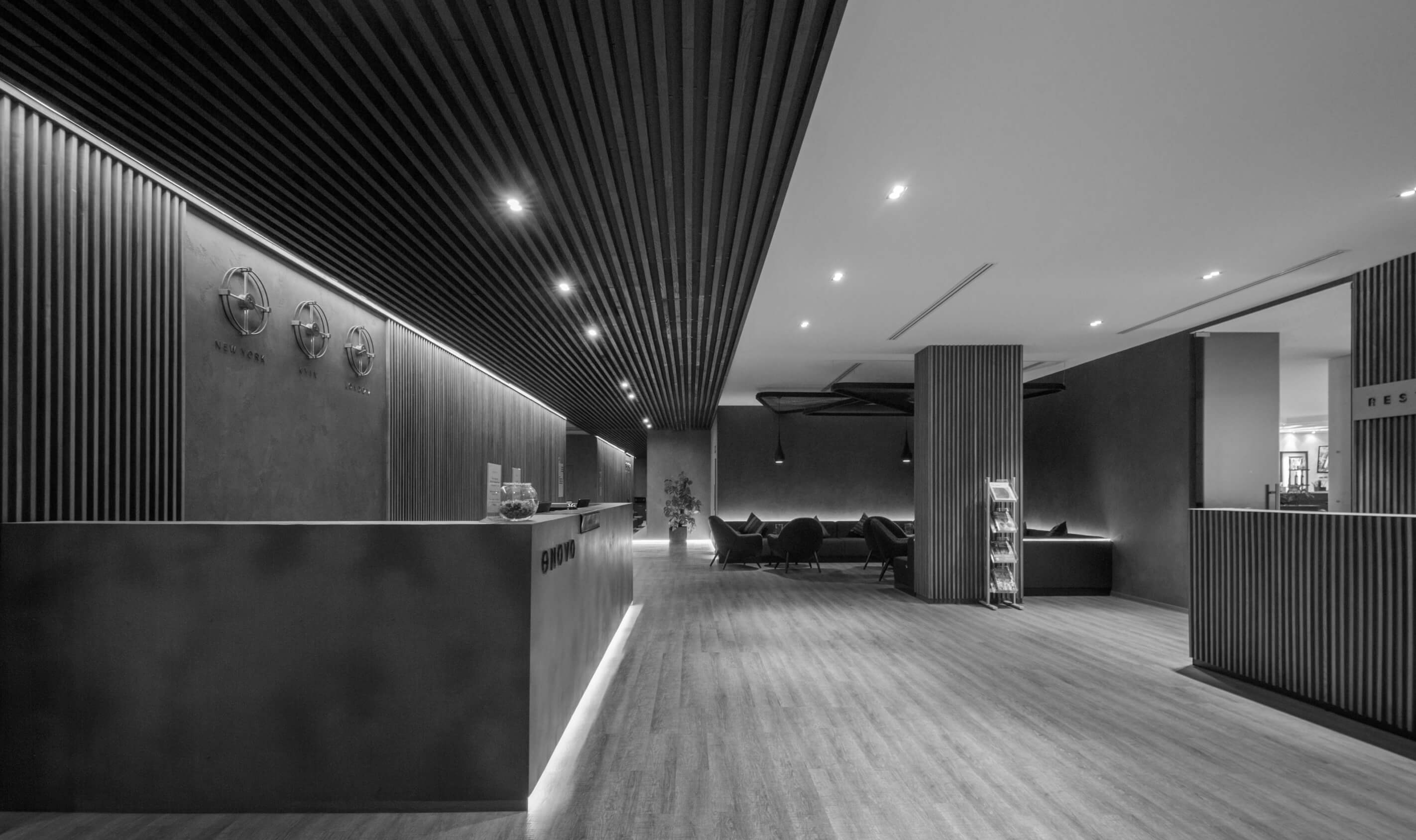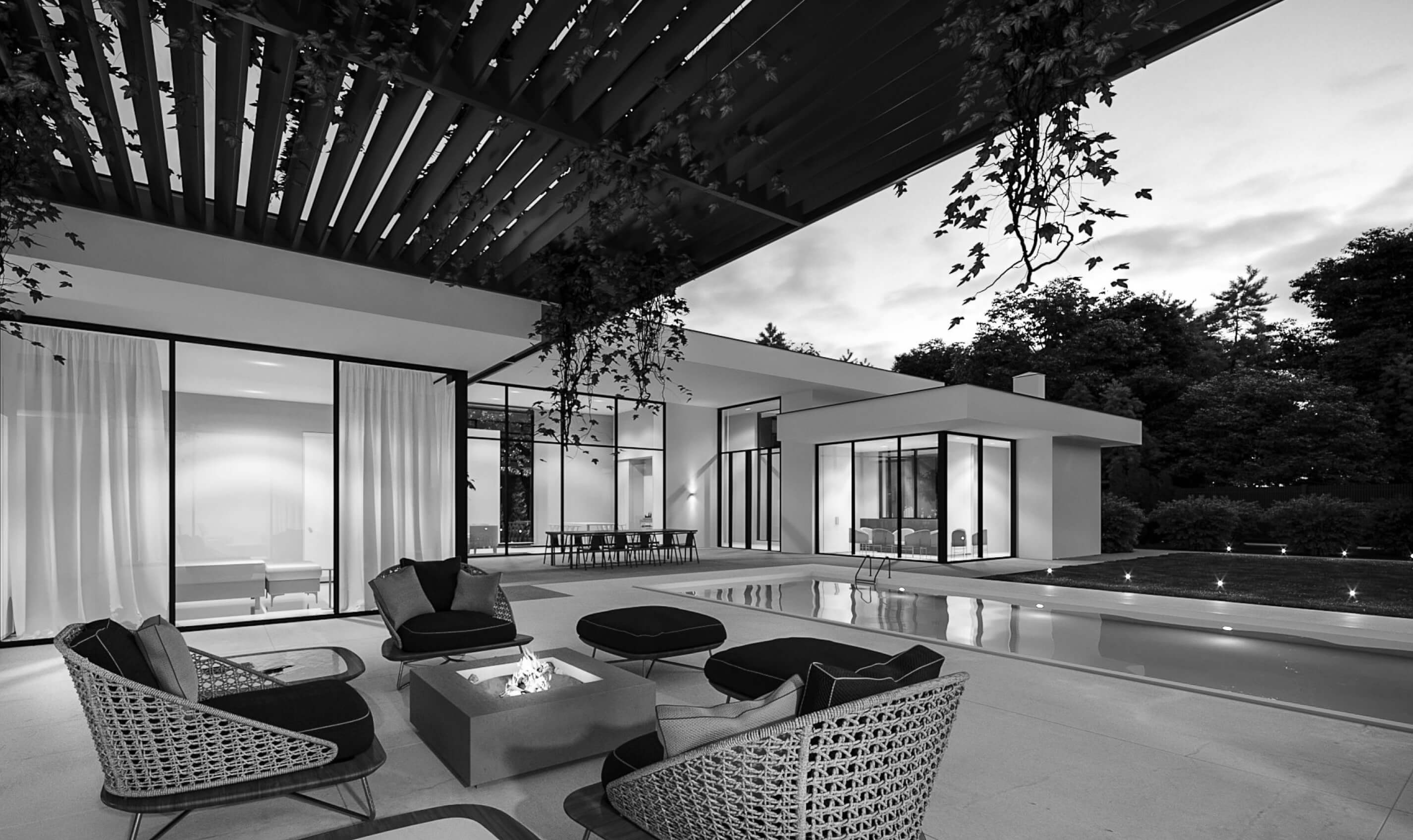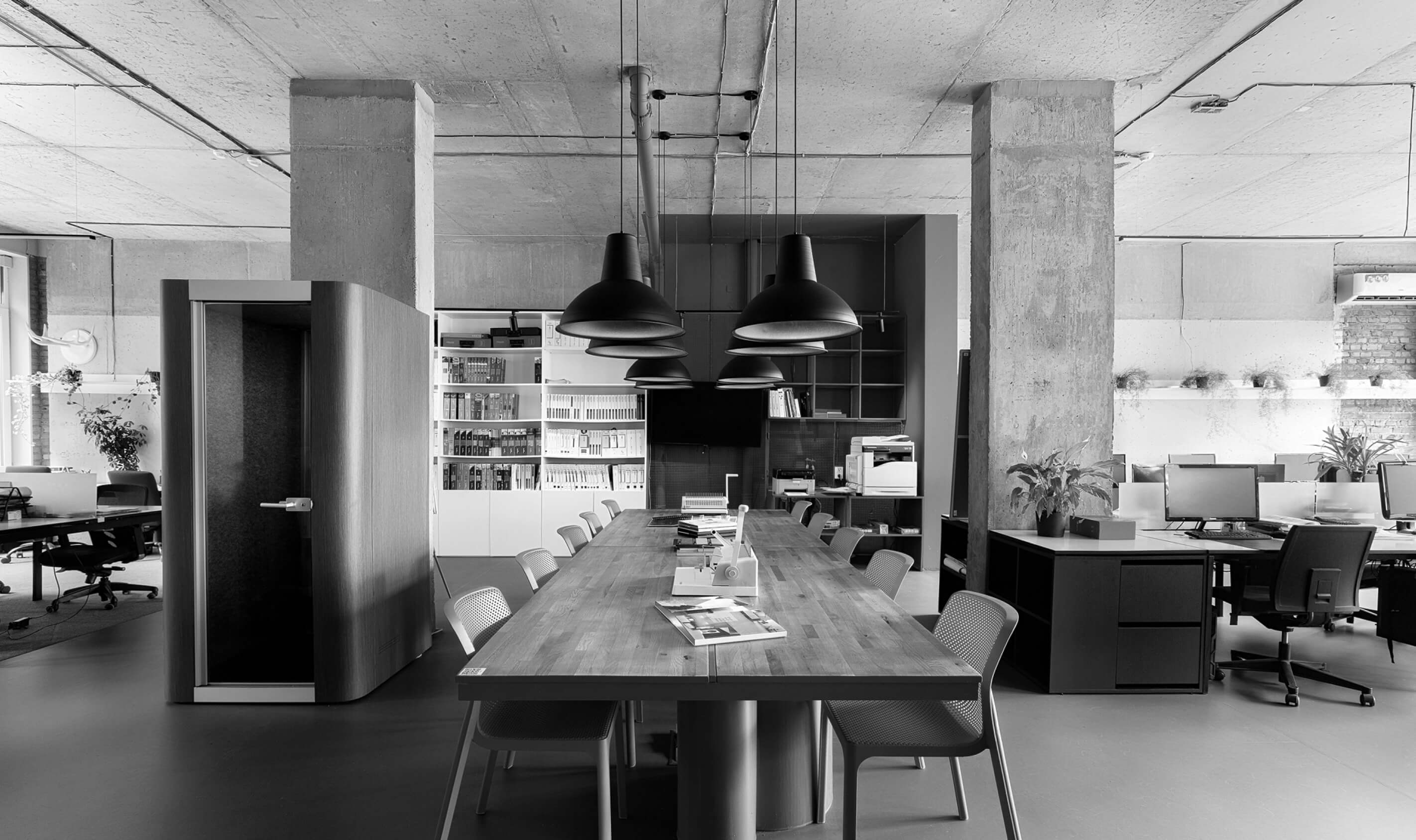“A child is educated by their surroundings.” This simple yet profound thesis by Maria Montessori forms the foundation of our approach to designing children’s spaces – be it a kindergarten, school, toy store, or play area for little guests in a restaurant. How do we create an environment that brings out the best and inspires?
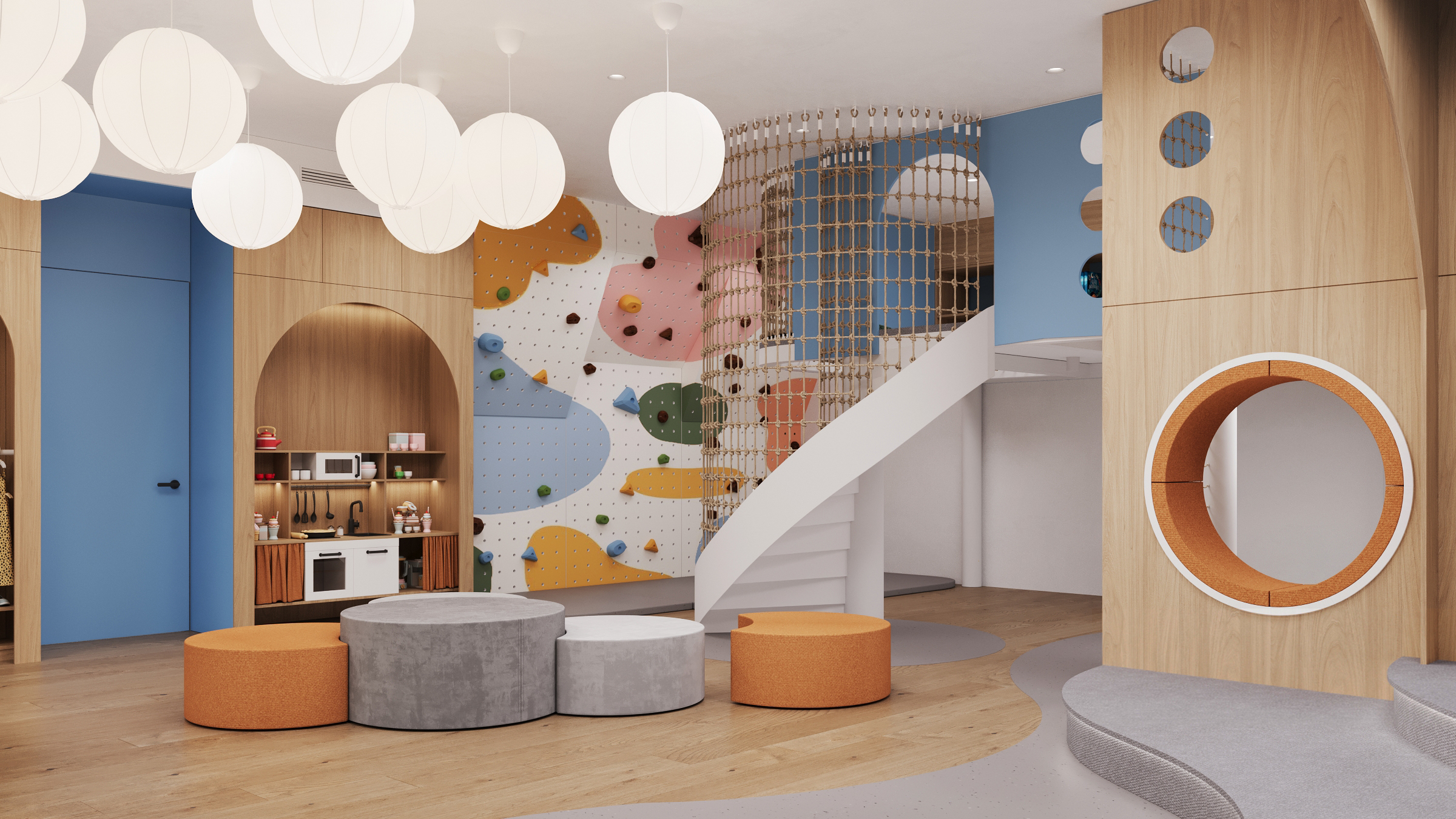
Design of children’s spaces: an environment that educates and inspires

We always use a scenario approach, carefully planning the sequence of emotions that children will experience. Imagine a child entering a toy store. The first thing they see is a giant kaleidoscope on the ceiling, changing colors and patterns. This evokes delight and curiosity. Next, they enter a zone with interactive displays where toys can be “brought to life” using augmented reality. Here, a sense of wonder and possibility is born. Finally, they reach a cozy corner with soft pillows and books, where they can rest and immerse themselves in a world of fantasy.
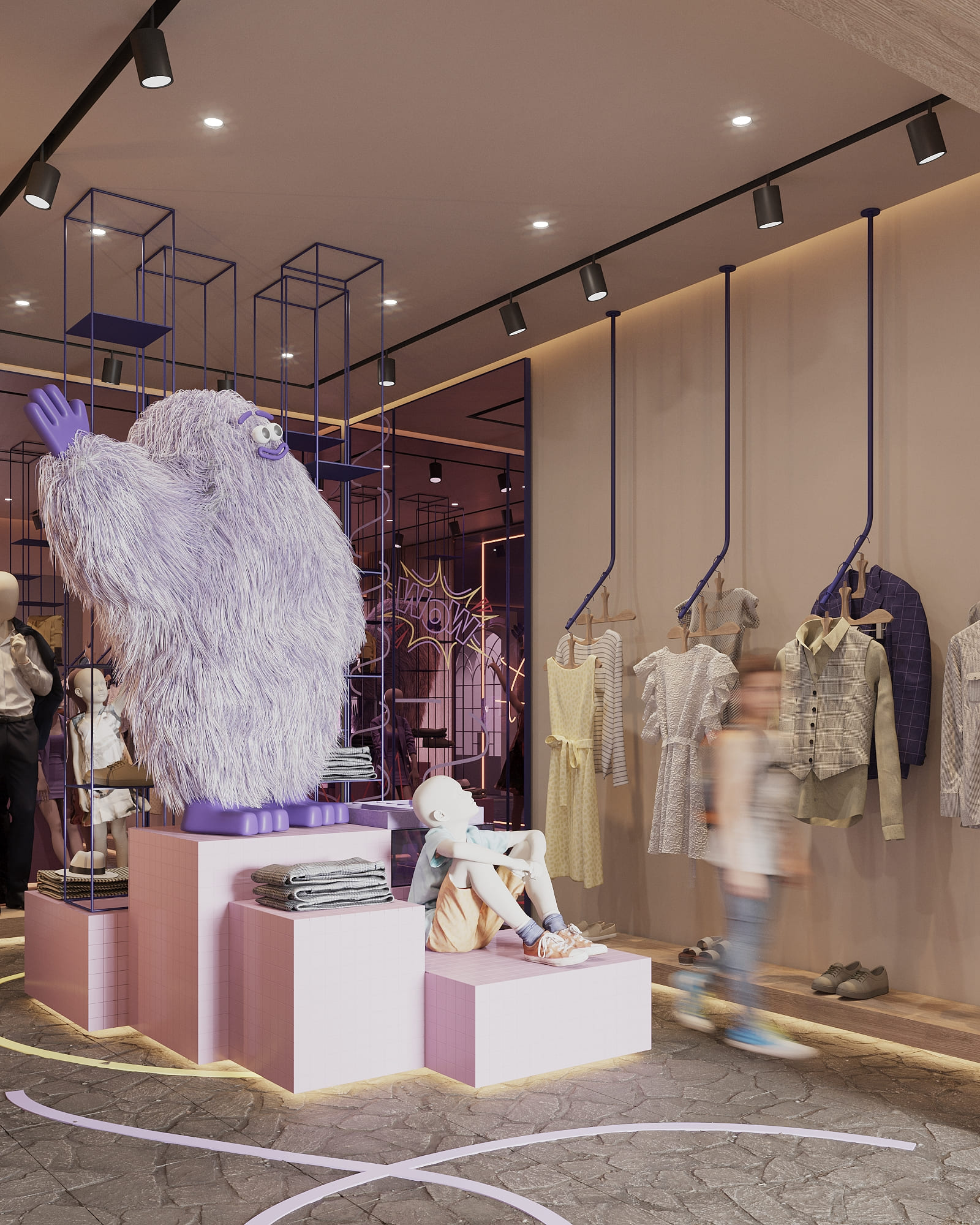
Each stage of this journey creates an emotional connection with the space, making the visit an unforgettable experience. And this works not only in stores. A kindergarten can become a "city of professions," where each zone is a new world to explore. An elementary school can transform into a "space station," where learning is preparation for a great mission.
When creating children’s spaces, we strive to see the world through a child’s eyes. Associative design is a bridge between fantasy and reality. Let’s imagine a design concept for an elementary school interior called “City of Knowledge”. Each classroom becomes a separate “house” with its own theme: the math class turns into a bank where children “count money”, the science class becomes a botanical garden, and the language class transforms into a library. Corridors will be “streets” with road signs that help with navigation. This associative interpretation not only makes learning more interesting but also helps children better absorb information by creating emotional and visual anchors for knowledge.
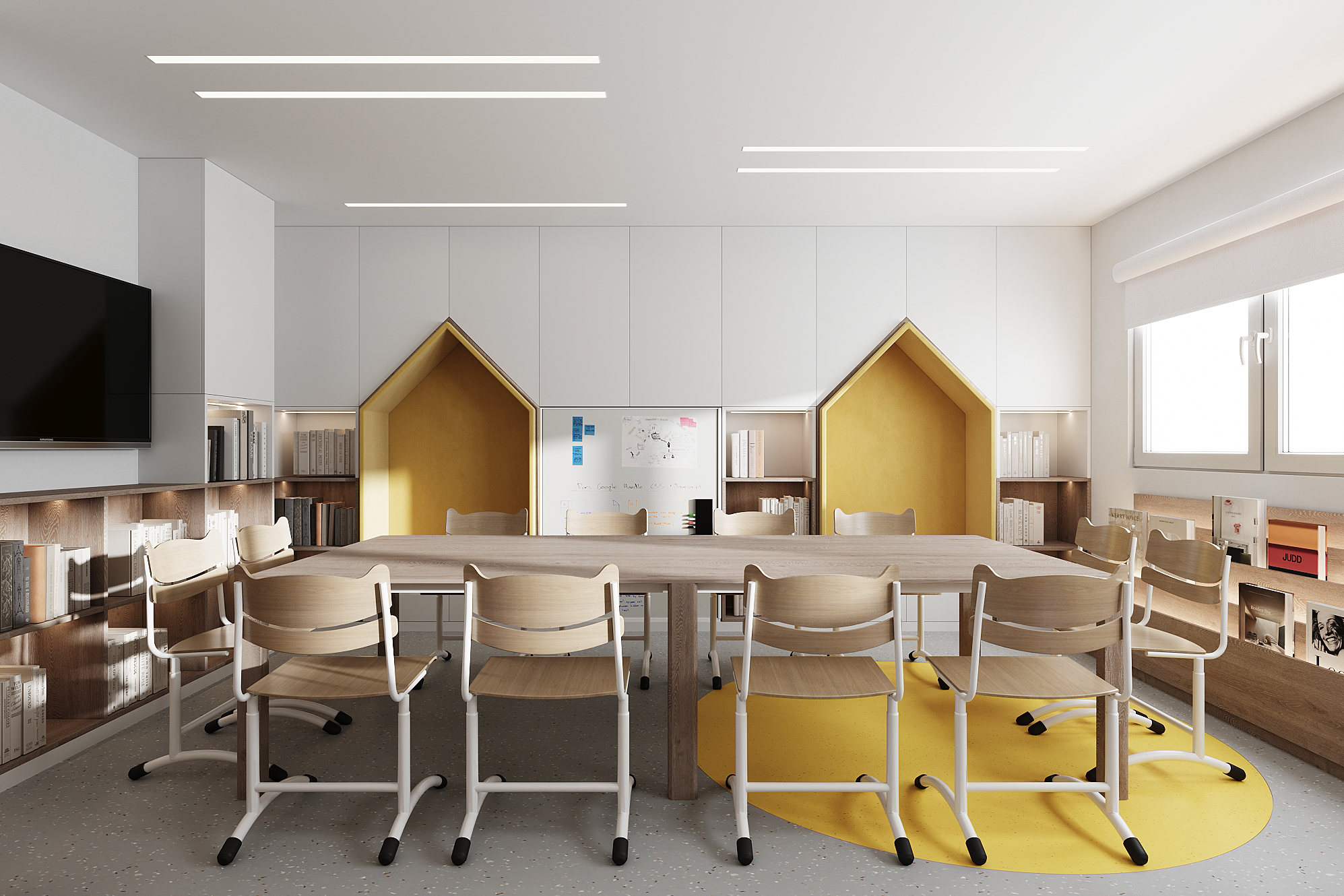
We rely on recommendations from child psychologists to create spaces that are beneficial for child development. In areas for active play, we use bright colors and dynamic shapes, while in corners for concentration, we use calm tones and soft contours. This helps to naturally regulate children’s activity levels.
Collaboration with child psychologists opens new horizons in design. For example, the idea of creating a “mood room”. In such a room, walls covered with special paint change color depending on temperature. Children can “draw” their mood on the wall with their palm, observing how the warmth of their hand changes the color of the surface. This is not only fun but also helps little ones better understand their emotions.
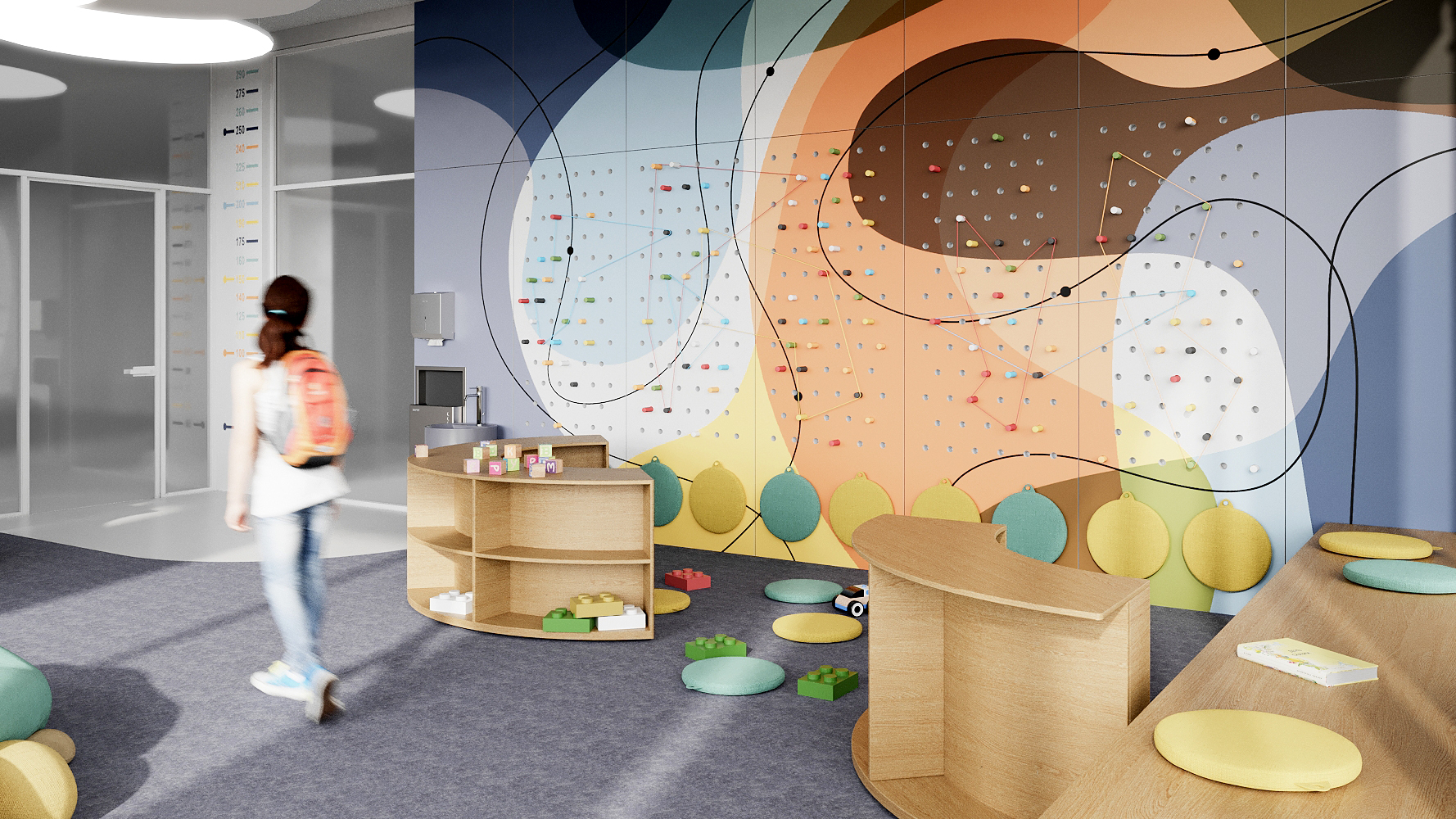
Modern children live in a world of technology, and we integrate it into design. But we do this thoughtfully, creating a balance between high-tech elements and natural materials. For example, an interactive floor that responds to children’s movements, creating the effect of walking on water with fish – wow, and next to it – a real mini-garden where children can take care of plants.
It’s important to create adaptive spaces that are equally suitable for children of different ages. We use modular furniture that can be reconfigured, height-adjustable tables and chairs, and transformable zones for this purpose. This allows the space to “grow” along with the children.
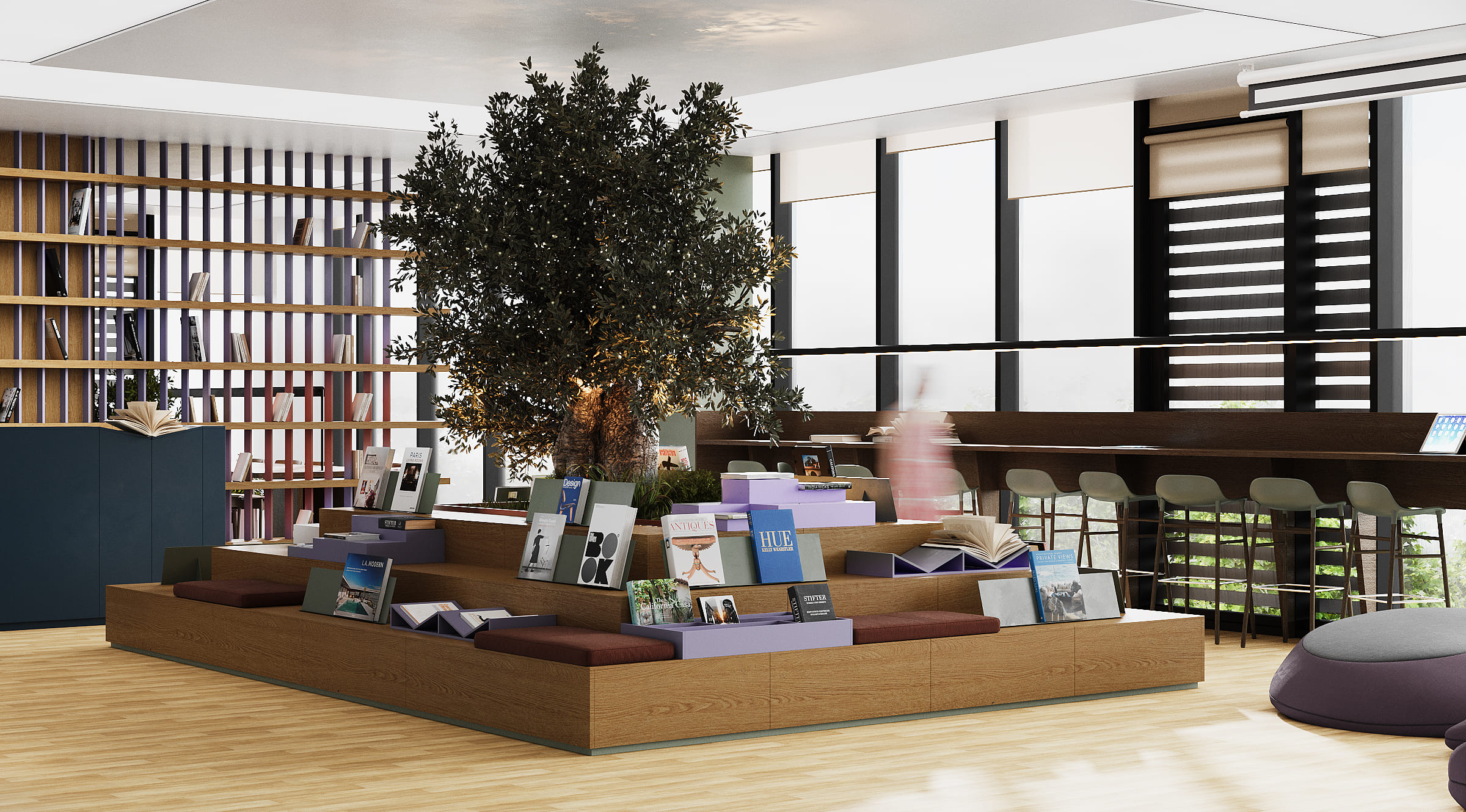
Safety is the foundation upon which all design is built. We use environmentally friendly materials, round off corners, and install non-slip flooring. But safety doesn’t mean boredom. For example, a “climbing wall” made of soft modules is completely safe, but extremely exciting.
Inclusivity is a key aspect. We design spaces accessible to children with different abilities. This includes not only ramps and wide passages, but also tactile elements for visually impaired children, and visual cues for children with hearing impairments.
Creating a children’s space is a whole art. It’s the art of balancing fantasy and functionality, safety and adventure, learning and play. It’s about generating an environment that influences aesthetic taste, shapes worldviews, skills, and the character of a new personality. Each project for children is an opportunity to create a mini-world that will shape the future generation.
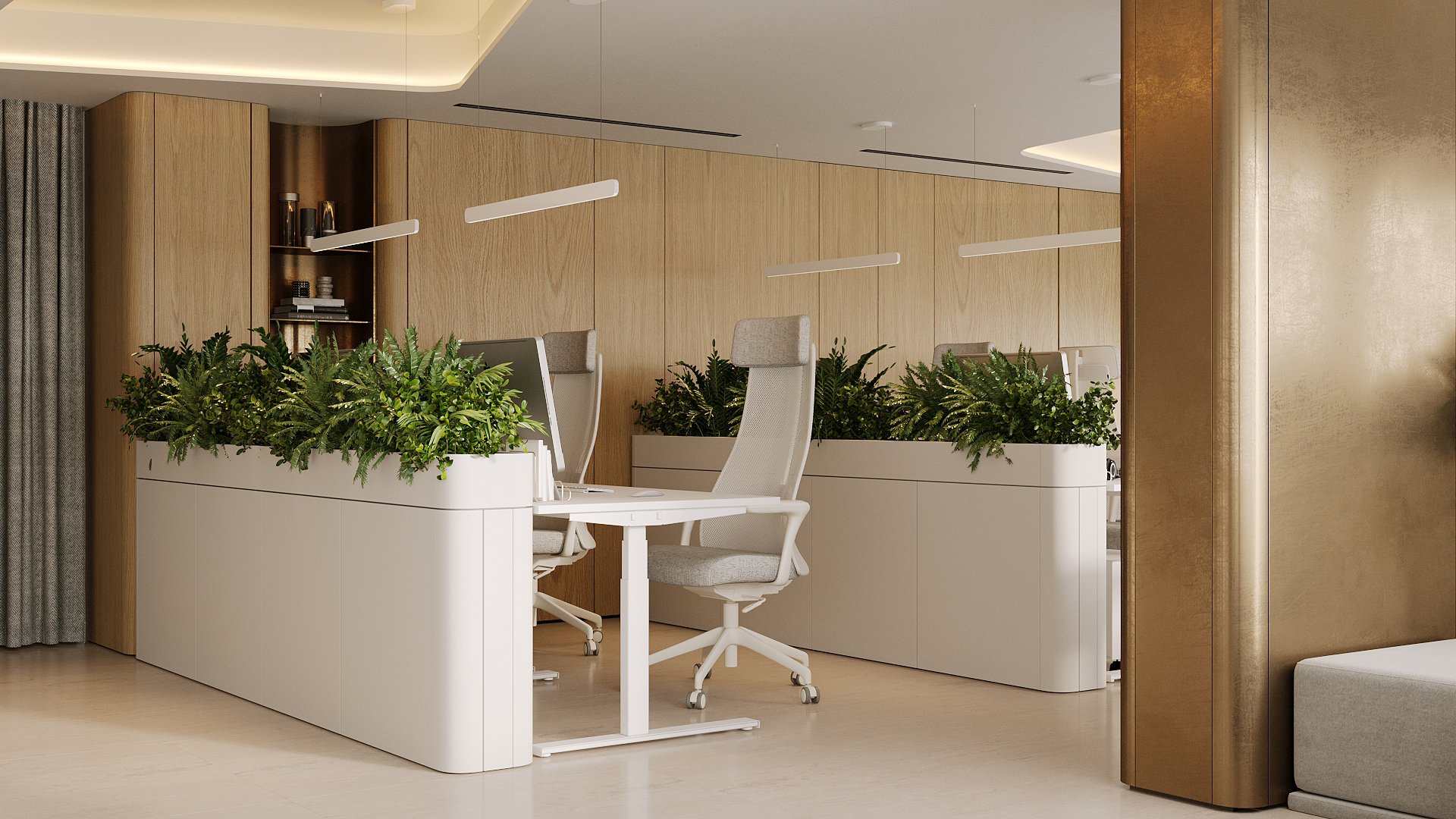
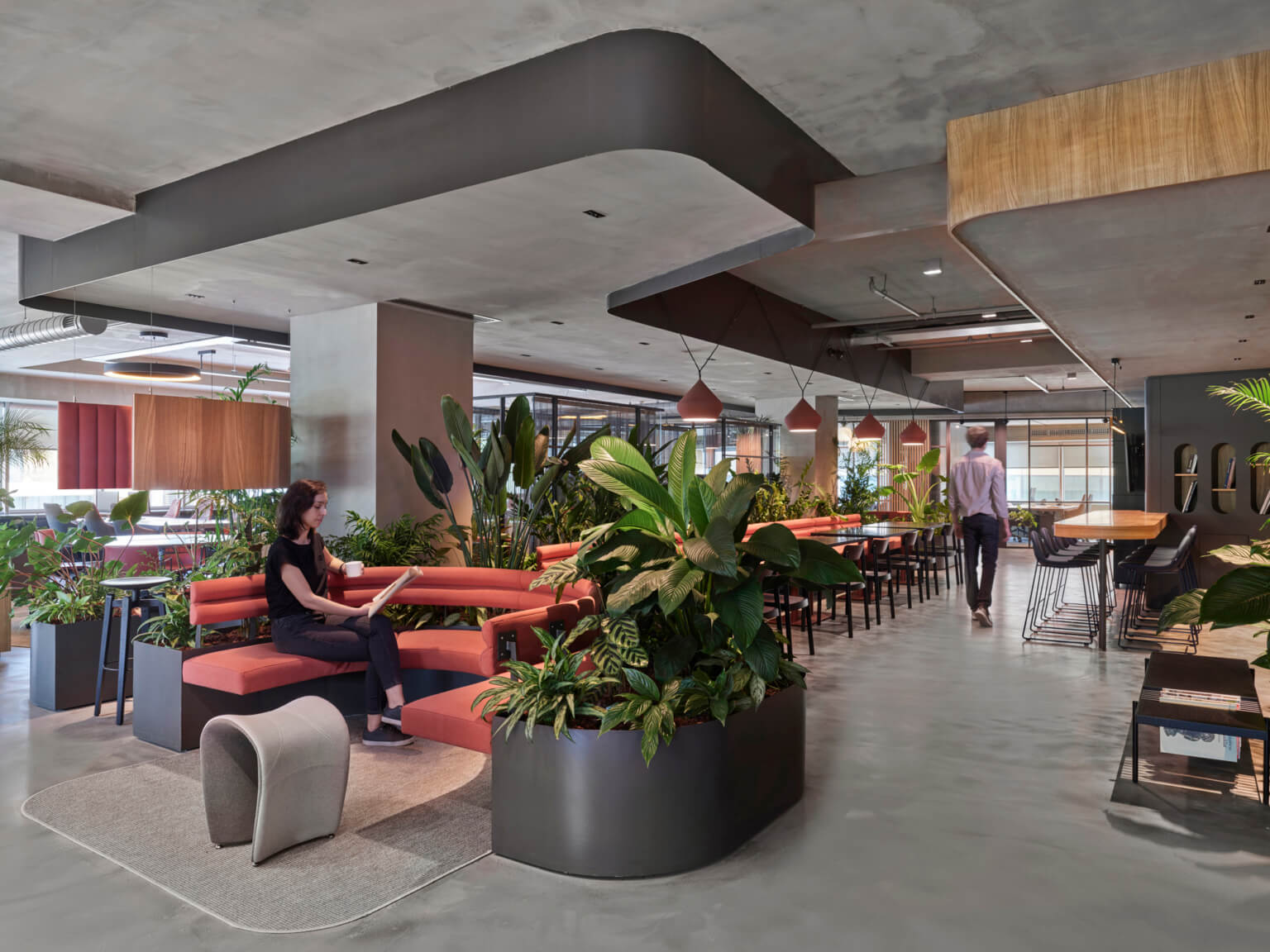

 Back
Back Back
Back



